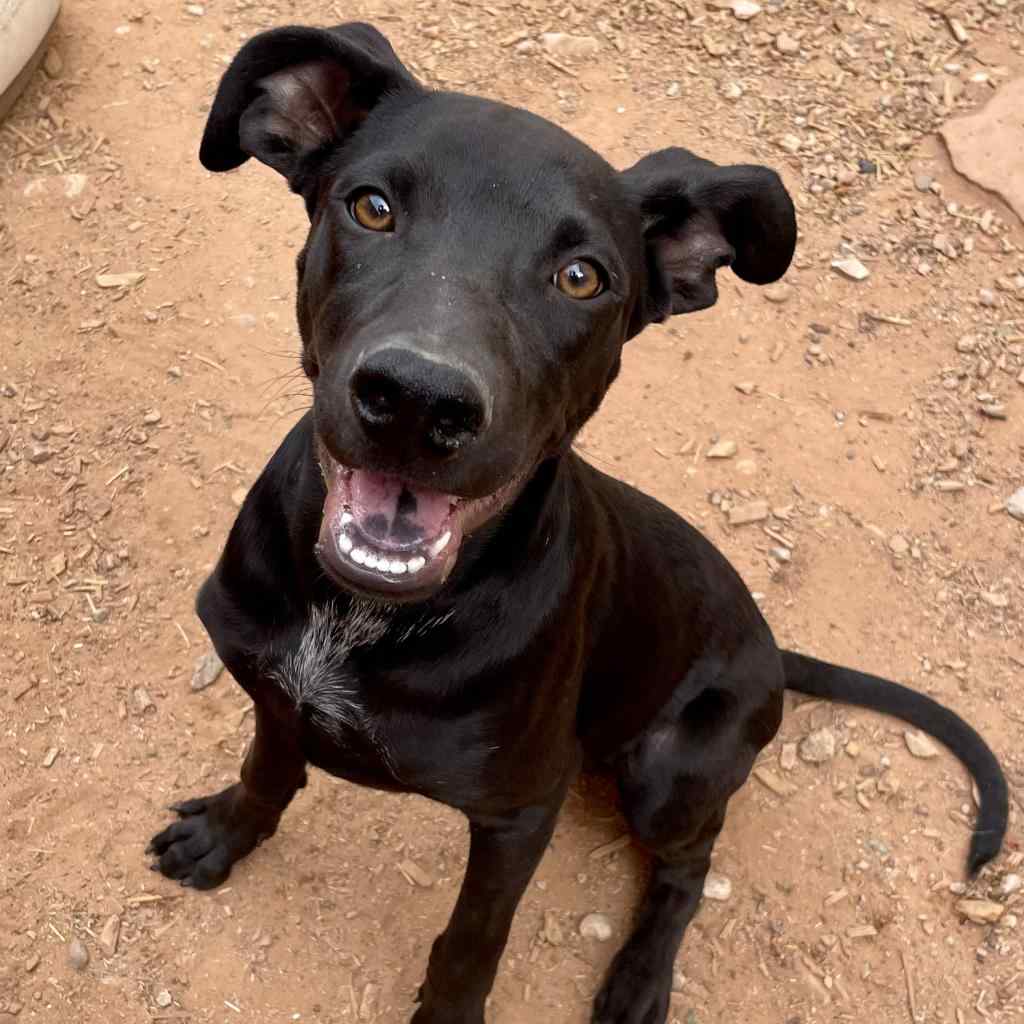Anyone in Moab who plays in powder knows a series of winter storms hit the La Sal Mountains late last month, and Gold Basin has already received 48 inches of snow since Nov. 16.
The U.S. Forest Service’s Utah Avalanche Center in Moab will host an avalanche awareness presentation at the Grand County Public Library, 257 E. Center St., on Thursday, Dec. 15, at 6:30 p.m. The hourlong “Know Before You Go” presentation will feature a locally produced video about avalanche safety which has been included in this winter’s Banff Mountain Film Festival World Tour.
Sponsored by major outdoor gear manufacturers and featuring professional athletes, it’s the first film with a safety-related message ever included in the Banff Mountain Film Festival, Utah Avalanche Center Executive Director Paul Diegel said.
The Know Before You Go avalanche education campaign reaches between 500 and 1,500 outdoor enthusiasts annually, through schools and community organizations. As the center explored updating the video element of the presentation, Diegel said other recreation entities got on board with making it as captivating as the action films that help inspire people to head to the backcountry in the first place.
“It’s a big deal at many levels,” Diegel said of the film touring with the Banff Film Festival. “There’s so much of what the industry calls ‘ski porn’ out there – big lines, extreme stuff. You never see the work going on behind it. Those pros are very aware of safety, and they can pick and choose their days and conditions. But if you’re a 16-year-old looking at role models just going to movies, it doesn’t look that way.”
Utah Avalanche Center forecaster and Know Before You Go presenter Eric Trenbeath said that the U.S. Forest Service enthusiastically supports winter recreation. But, Trenbeath said, people need to realize that the backcountry is a completely different environment than a ski resort, where teams use explosives to control the avalanche danger.
The rapid onset of storms so far this year has created an initially strong snowpack, Trenbeath said.
“This really was the best case scenario for snowpack stability,” he said. “Now it just needs to keep snowing.”
The La Sal Mountains are an exceedingly avalanche-prone mountain range due to the combination of a weak, shallow snowpack, and steep terrain, he added. Five people have been killed in avalanches in the La Sal Mountains, and last winter, a skier was caught, carried and seriously injured in an avalanche, which necessitated a rescue.
Trenbeath encourages people to always check the Utah Avalanche Center-Moab website at utahavalanchecenter.org/advisory/moab for advisories before they head into the mountains.
Counterintuitively, a shallow snowpack can be more avalanche prone than a deep snowpack because it is more susceptible to the formation of weak layers. Each successive storm adds more weight to an unstable base.
“It’s really a question of balance,” he explained. “How much stress can you put on underlying weaknesses?”
Conditions in the backcountry can change rapidly, Trenbeath said. Even if a week starts with ideal conditions, rapid warming, heavy snowfall or strong winds will increase the risk of an avalanche.
Snowmobilers are the user group currently experiencing the highest accident rate due to avalanches, he said, because modern machines are so powerful that riders can climb avalanche-prone slopes.
Grand County has agreed to maintain the Geyser Pass road during the winter months to keep the La Sal Mountains open for winter recreation, and plowing has already commenced. A gate installed at the road entrance will be closed while plowing is in progress on the narrow road for safety reasons.
The U.S. Forest Service’s Utah Avalanche Center-Moab is a satellite office of the Utah Avalanche Center in Salt Lake City. One of 20 avalanche centers in the country, the center provides regularly updated snow, avalanche and mountain weather information for winter backcountry users on the Manti-La Sal National Forest for the La Sal and Abajo mountains.
Trenbeath and Forest Service volunteers go into the mountains to collect snowpack data, perform snow stability tests and maintain remote weather stations.
Skiers can contribute their own observations online, as well. With fewer skiers contributing to the database here than in northern Utah, volunteers are key to accurate information, Western Spirit Cycling co-owner and forecasting volunteer Mark Sevenoff said.
“The more knowledge people can share, the safer it is for everyone. I’ve had friends die in other ski towns,” Sevenoff said. “As the sport gets more mainstream, I think that it’s up to people who’ve been doing it for a while to help spread the word about safety out there. It’s kind of a way to give back.”
Utah Avalanche Center hosts free avalanche awareness talk on Dec. 15
What: Avalanche awareness class
When: Thursday, Dec. 15, at 6:30 p.m.
Where: Grand County Public Library, 257 E. Center St.
Cost: Free
Information: utahavalanchecenter.org/advisory/moab
The more knowledge people can share, the safer it is for everyone. I’ve had friends die in other ski towns.
For more information, call 435-259-7669.




